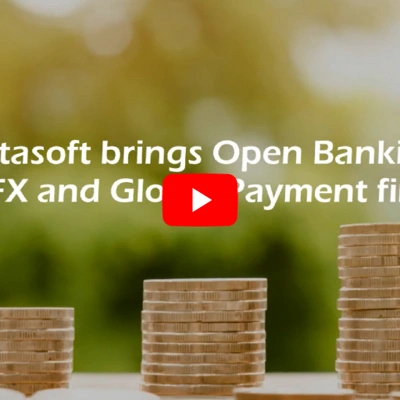Build Versus Buy

Giants in the foreign exchange and global payments space that originated in the 1990s and early 2000s built their own proprietary core software platforms. These industry pioneers had little choice but to build given the absence of an affordable, complete and robust FX and Payments core software platform. The decision to build propelled growth and value; those that built well turned their success into a competitive advantage outpacing the rest of the industry. In the late 2000s; some mid-market players and new entrants also invested heavily into building platforms, given that quality enterprise-grade FX and Payments core software platforms were still few and far between. The industry began to face ever evolving regulatory requirements as the world saw rampant pace in technological change. Despite this, some still had resounding success in growth and witnessed their home-grown systems infrastructure boost value.
In more recent years, the proliferation of cloud computing, open banking and seismic changes in the payments industry have all combined to morph the debate of ‘whether to-build or to-buy’. Yet, legacy shareholders thought it still pervasive to boost valuation, a business must build upon proprietary technology.
The risks surrounding the in-house engineering of complex enterprise grade systems are plentiful. Agility, scalability, time to market, total cost of development, and the competency of development resources are some of the factors to manage. Firms that have home-grown platforms perpetually have to invest time and resources to catch up and keep-up with the accelerating forces of technological change, in tandem with the evolution of the FX and Payments space. The total cost of ownership of building enterprise software over a decade or more is too often underestimated.
With enterprise grade Software-as-a-Service (“SaaS”) FX and Global Payments core platforms available to Financial Institutions (“FI”) and Non-Bank Financial Institutions (“NBFI”), C-level executives now contend with a new option in their decision-making: to build; to buy; or to rent i.e. SaaS. Naturally, a SaaS core platform must have these prerequisites: complete out of the box functionality that rivals the best existing FI and NBFI platforms; open architecture to build unique value on-top-of the platform; and affordability at any scale.
Whether an existing FI or NBFI is seeking to replace dated legacy systems or a nascent firm is building out in the foreign exchange and cross-border payments space, a quality SaaS platform affords the option of running an enterprise grade core platform with focused spending on building unique proprietary technology, customer acquisition or operational expansion. There are numerous success stories of FIs and NBFIs building on top of a SaaS API ecosystem to address a specific niche and/or industry verticals. Examples range from white-labeling FX and Cross Border services to banks and credit unions; ewallet or ecommerce solutions; education technology for international students, wineries, legal services and more. As opposed to spending capital on engineering core systems or buying platforms, SaaS tiered subscription pricing allows FIs and NBFIs to target spending on their unique value and competencies which in turn drive profit and value.
Learn how Datasoft’s foreign exchange software platform can help your financial institution modernize your FX and payments offering in a single comprehensive end-to-end core solution.
For more information visit www.datasoft.global




